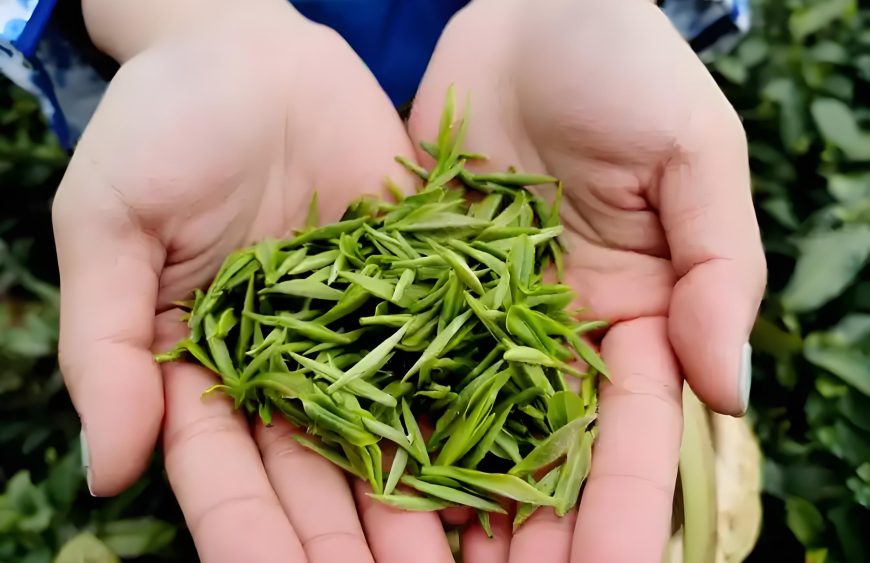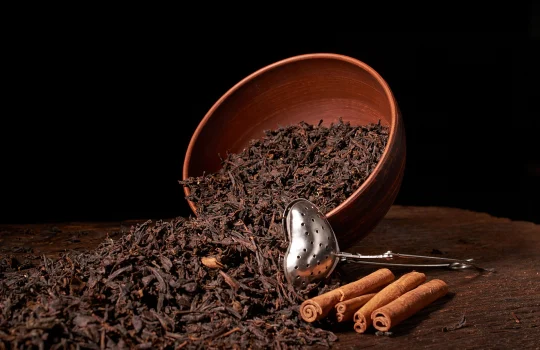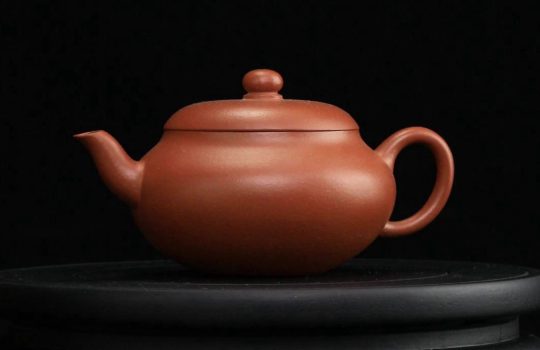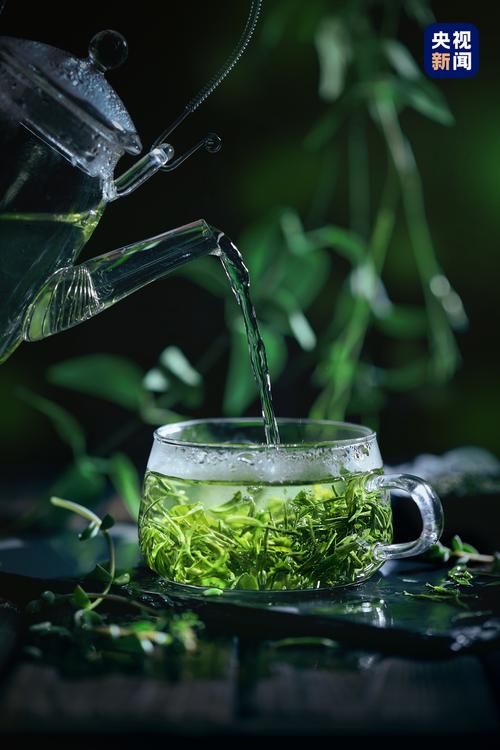Do you know whether you are drinking new tea or old tea? How to distinguish between new tea and old tea

‘Tea should be fresh, while wine should be aged.’ In general, fresh tea is indeed better than aged tea, but not all fresh tea is good tea, and not all aged tea is bad tea. Some newly processed teas are not suitable for immediate consumption and need to be aged for a period of time to mellow, making them less likely to cause heatiness when consumed; preserved teas retain their colour, aroma, and taste quality and are suitable for drinking; other teas, such as Guangxi Liu Bao tea, Hunan black tea, and Wuyi rock tea, become more aromatic and flavourful the longer they are stored. Therefore, as long as aged tea is stored under good conditions and has no mouldy odour, it is suitable for consumption. How can one distinguish between new tea and aged tea? The following aspects can be considered.
1. Observe the colour
New tea has a fresh colour, with uniform and loose tea leaves. Aged tea, however, undergoes oxidation during storage, causing some of the pigments in the tea leaves to slowly break down, thereby affecting the tea’s colour. Generally, aged tea has a dull colour. For example, green tea may change from a vibrant green to a dull yellow-green after decomposition; black tea, after oxidation, may change from a lustrous black to a greyish-brown.
2. Taste the flavour
When brewed, new tea has a fresh, fragrant aroma, the leaves unfurl, the tea liquor is clear, and it has a strong, rich flavour. However, aged tea, due to the oxidation of esters in the leaves, produces volatile aldehydes or insoluble condensation products, resulting in a reduction of water-soluble active components. This causes the tea’s flavour to become thin and weak, and may even be accompanied by slight off-flavours such as grassy, bitter, or sour notes.
3. Smell the aroma
New tea has a strong, fragrant aroma, while aged tea, due to the oxidation, condensation, or evaporation of the alcohols, aldehydes, and esters that compose its aroma, has a less clear and more muted fragrance. If stored improperly, it may also develop a mouldy or other off-odour.
4. Drying the tea
The moisture content of new tea is generally between 2% and 3%, with a dry texture. If you gently pinch it between your thumb and index finger, it will crumble into powder, and the tea stems are easily broken. Aged tea, however, has a higher moisture content due to prolonged storage, resulting in a softer texture. If you gently pinch it between your thumb and index finger, it will crumble into powder, and the tea stems are easily broken.
2% to 3%, feeling dry to the touch. If you gently pinch it between your thumb and index finger, it will crumble into powder, and the tea stems are easily broken. In contrast, aged tea, due to prolonged storage, has a higher moisture content, resulting in a softer, more pliable texture. It feels loose and damp to the touch, is generally difficult to crush or break, and the tea stems appear dull and dark. If broken, the cross-section will be a dry, black colour.



